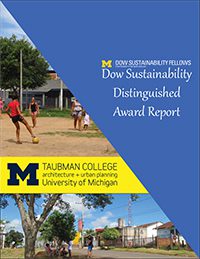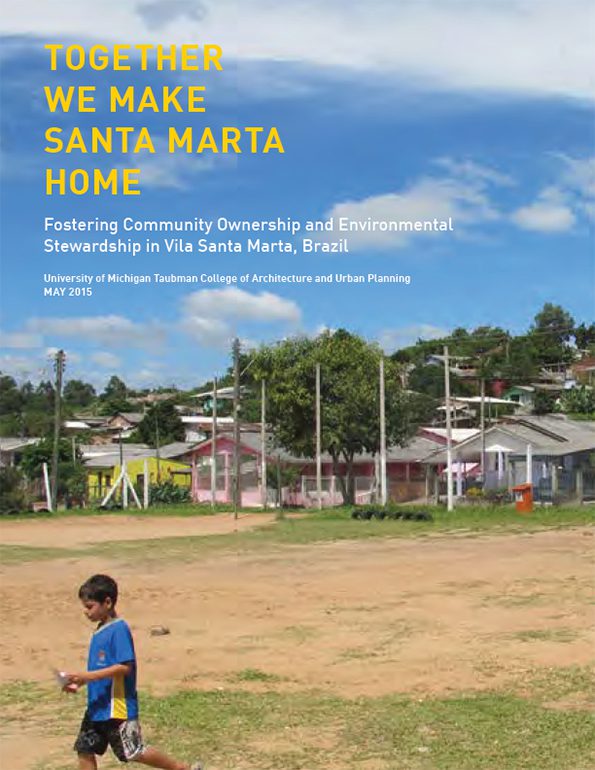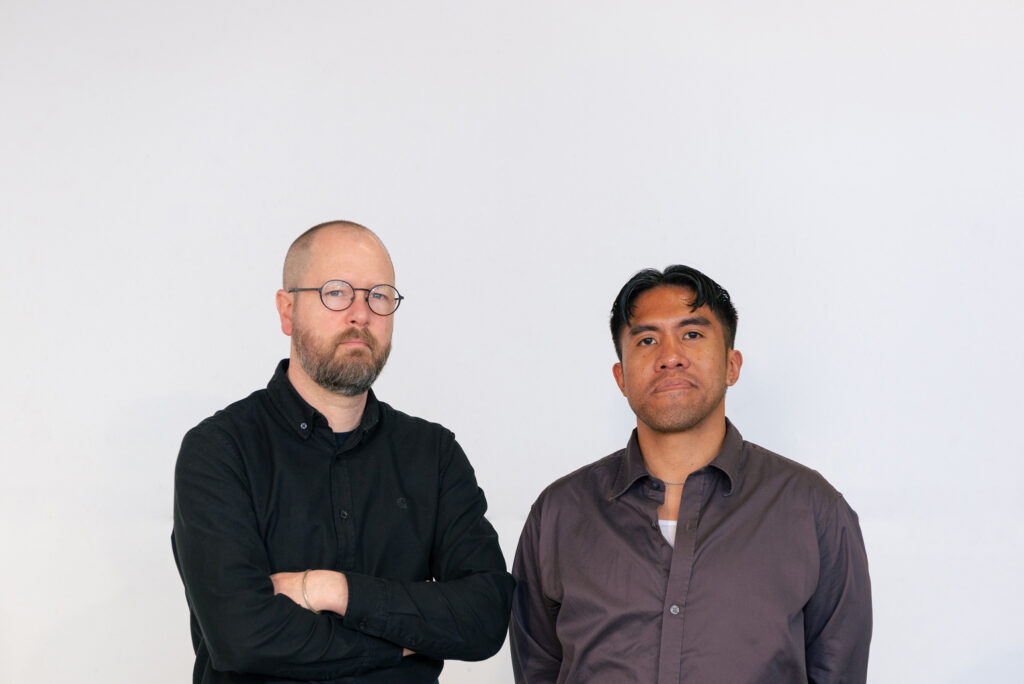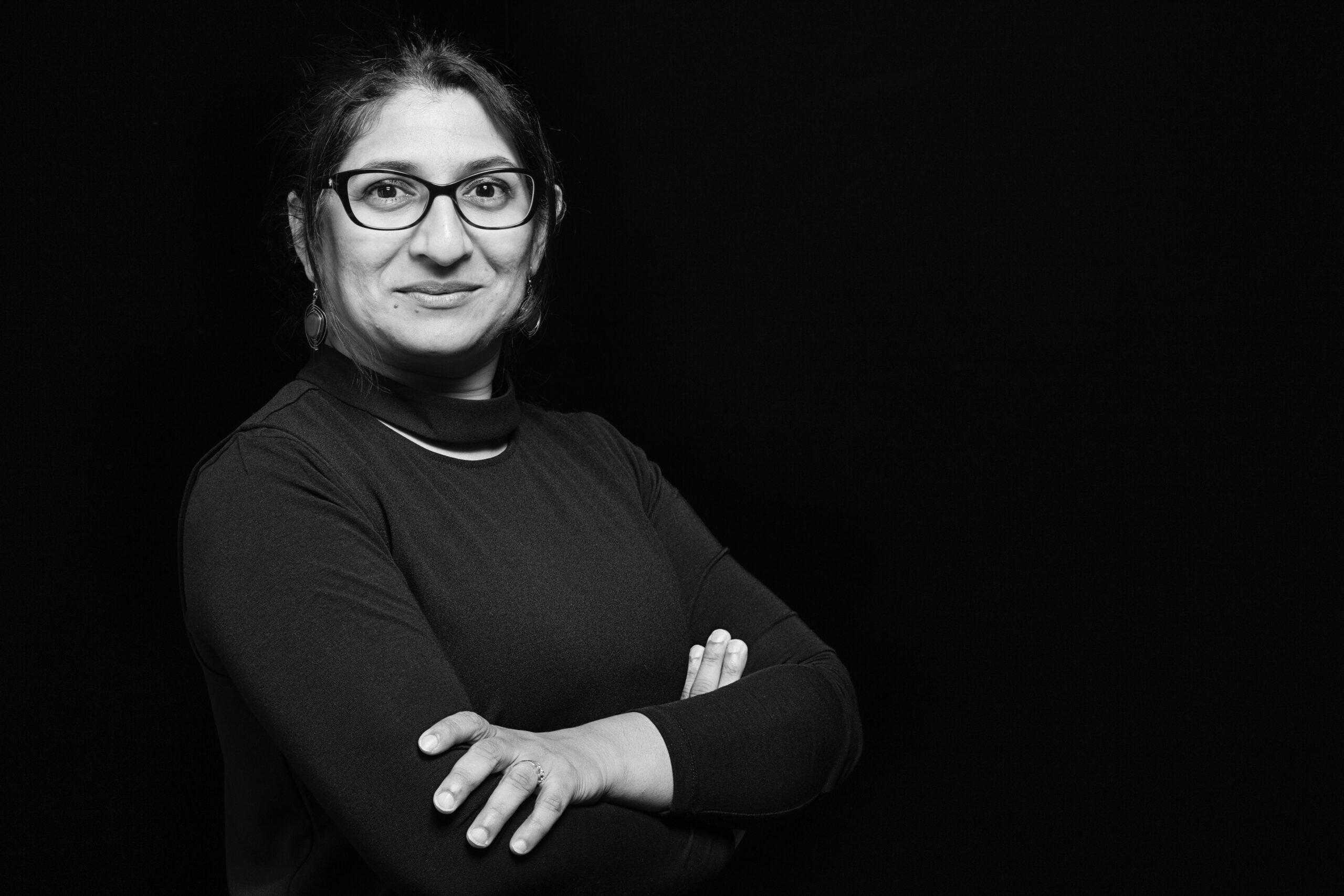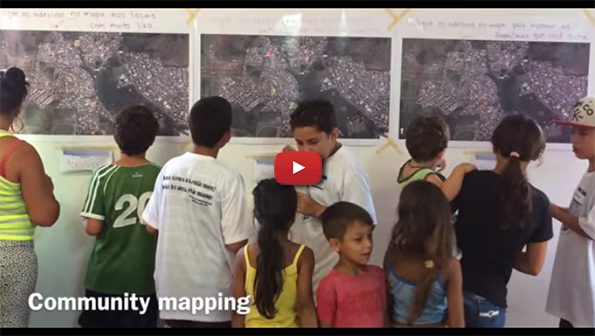
Class Project's Real World Impact: Students Return to Brazil to Implement Plan
Class Project’s Real World Impact: Students Return to Brazil to Implement Plan
The MUP capstone, an intensive studio course in which students develop a plan for a real-world client, provides an invaluable hands-on learning experience for all second-year students who take it. One group of students took the capstone experience to the next level by applying for and winning grant funds to return to Vila Santa Marta, Brazil to refine and implement some of the interventions developed in the capstone course.
Located in the city of São Leopoldo, Brazil, Vila Santa Marta is an informal settlement that faces many environmental challenges. In March 2015, students in a capstone course taught by Assistant Professor Ana Paula Pimentel Walker and doctoral candidate Joshua Shake traveled to Brazil and collaborated with community partners to develop a multi-faceted plan to address some of Santa Marta’s environmental and social issues.
For more information, watch the Ford Blue Oval Network video of the Capstone student work:

In May of 2016, Pimentel Walker and a team of four students, using funds from a $37,500 Dow Sustainability Distinguished Award and a $25,000 Ford Motor Company College Community Challenge grant, returned to Santa Marta. While there, they worked with residents and partner organizations to:
- Implement physical improvements. Illuminated welcome signs at the entrances of the village promote community pride and visibility, and a new multi-sport field provides a much-needed place for children to play and community members to gather. The team also worked to improve storm water drainage, road quality, and disability access to a recreational park.
- Conduct a community mapping effort. Using cell phones, tablets, and a platform developed by Detroit-based Loveland Technologies, students and residents mapped Vila Santa Marta, gathering information on infrastructure and other physical conditions. The resulting community data helps Santa Marta demonstrate its needs to the municipality and make a stronger case when requesting resources. The community mapping program also teaches participants valuable technological skills that can be used in other settings.
- Build a mesh network to extend internet access. A system of routers and antennas based in the Santa Marta K-9 School improves Internet connectivity throughout the community and facilitates the ongoing community mapping effort.
Both students and the professor commented on the value of the learning that took place in the field.
“It was particularly rewarding to see community ambassadors engage in a dialogue with the city in order to negotiate infrastructural improvements within Santa Marta,” student Alexis Gomez observed. “These concerned citizens have incredible insight and ideas for the kinds of improvements their community needs, but just need tools for better engaging with the public process to bring those ideas to fruition.”
Professor Pimentel Walker noted that the experience also provided a good lesson in negotiating “the various overlapping federal, state, and administrative regulations on how to implement environmental improvements in informal settlements. In class, students learn about environmental law and constitutional protections for the right to housing in informal settlements, but the implementation of these laws is extremely bureaucratic and hard to navigate.”
New team members who planned the award implementation and return trip to Brazil: Jamilla Afandi, Aayat Ali, Stephanie Gerretsen, and Alexis Gomez.
MUP students Alexandro Bazan, Samatha Farr, Stephanie Gerretsen, Mabel Kessler, Julia Mantey, Alexandra Markiewicz, Shirley Rempe, Kelly Richardson, Julia Upfal, and Charlotte Wilson collaborated on the Winter 2015 capstone.
To read the Dow Sustainability Distinguished Award Report about the project:





